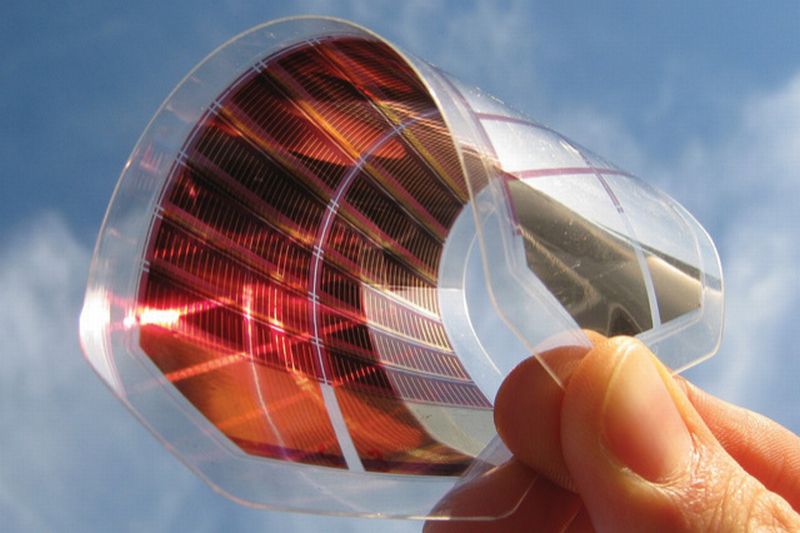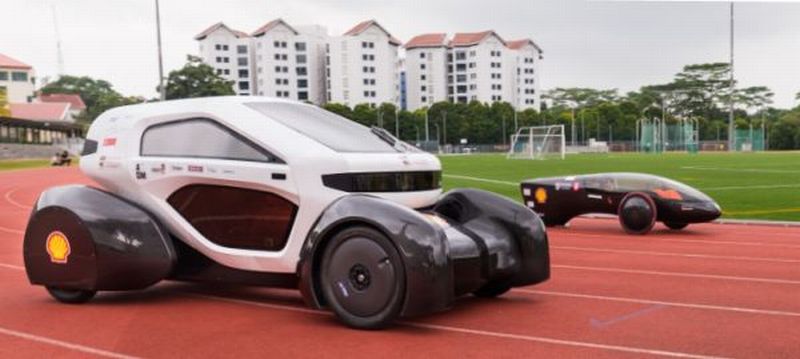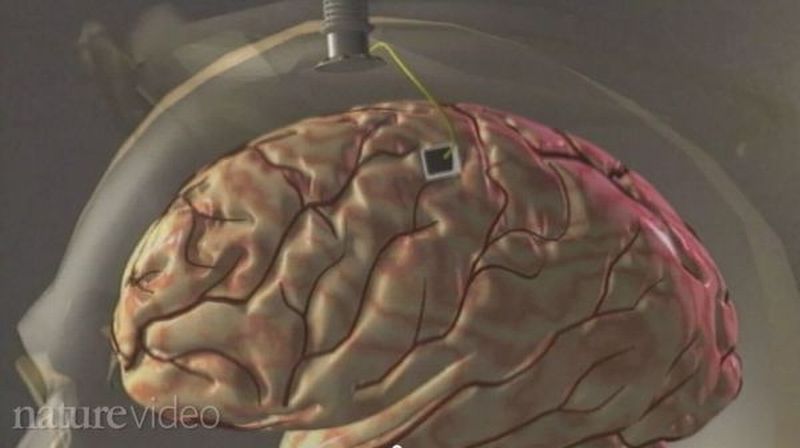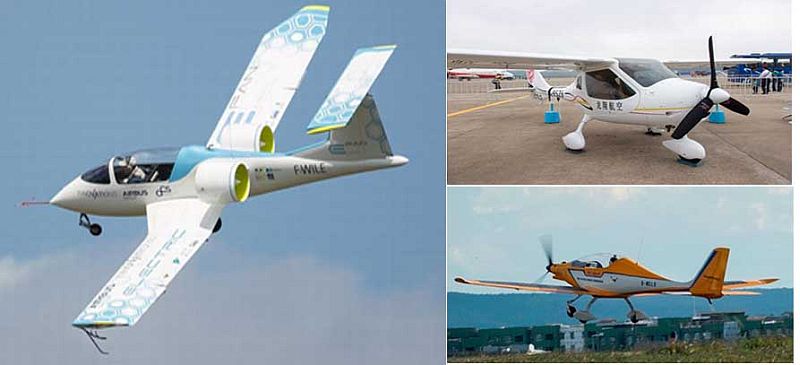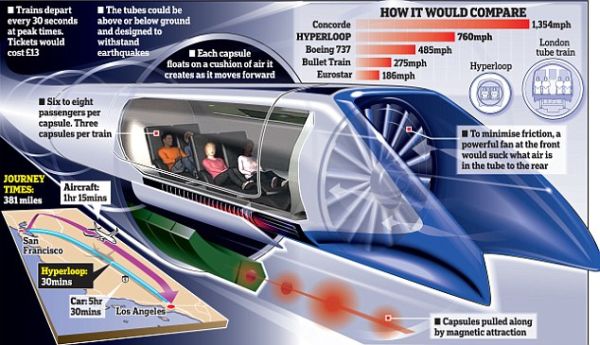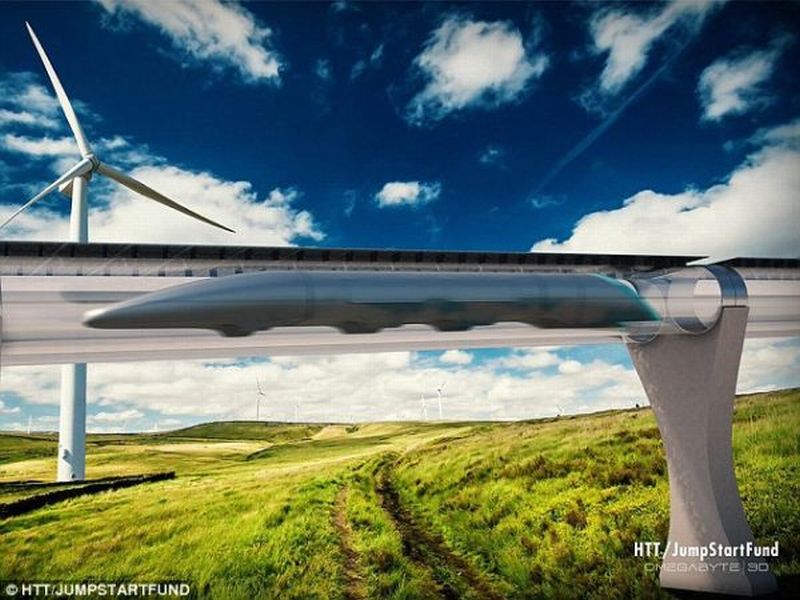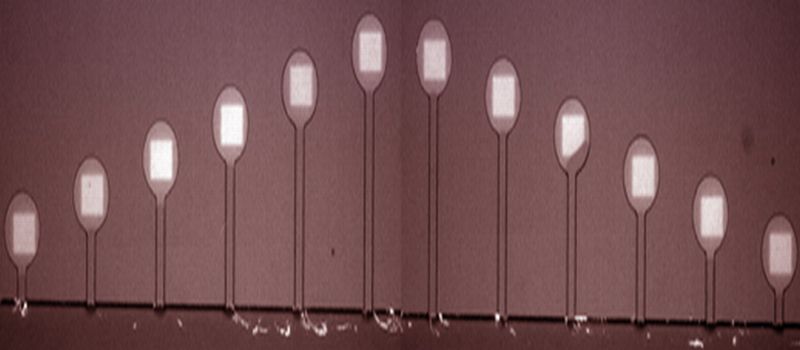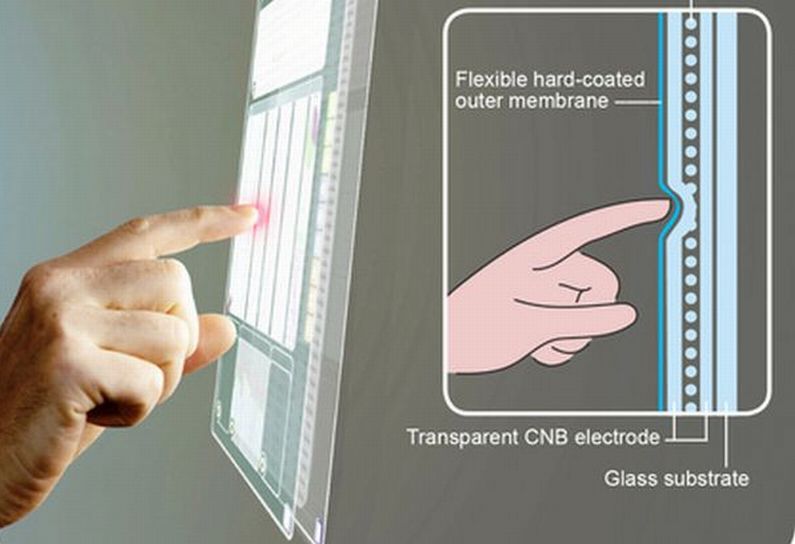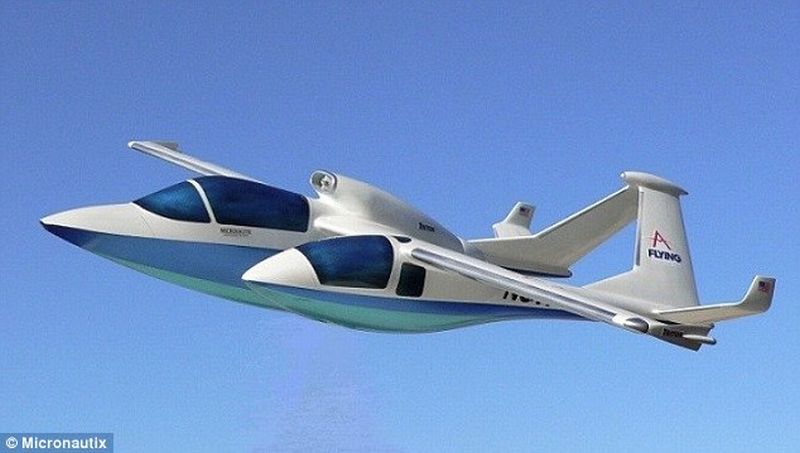Scientists in South Korea are working towards creating spintronics based wearable devices. Spintronics also known as spin transport electronics is an emerging technology that exploits the basic intrinsic spin of the electron along with its associated magnetic moment and electronic charge. Based on this technology, the researchers have fabricated a thin film that has an ability of maintaining its electric as well as magnetic properties even when curled into a cylinder.
Read MoreCategory: Futuretech Tonics
Samsung’s Smart TV to Eavesdrop on Conversation: The TV Phone
South Korea’s Samsung Electronics Co. has come up with a futuristic TV that can listen and share conversation taking place real time in its surrounding. Watching TV won’t be just a one sided affair now, it’s morphing towards becoming phone, just the camera is missing though. Period.
Read MoreSingapore’s First 3D-printed Concept Car: Coupé of the Future
Researchers at Nanyang Technological University (NTU) have developed nation’s first urban solar electric car with cutting-edge 3D-printed body casing that is having nearly 150 parts. The two eco-cars, dubbed as NV8 and NV9, are racing in this year’s the Shell Eco-marathon Asia that is taking place in Manila at the end of this month.
Read MoreHead Mounted Wireless System Fabricated: Paralyzed Patients to convey thoughts at the speed of Internet
Now paralyzed patients would soon be conveying their thoughts via remote control manually attached to their skull. Experts at Brown University in collaboration with Blackrock Microsystems, a firm based in Utah have fabricated the wireless device. They claim that the gizmo can be implanted to the skull of a patient and then the thought commands are transmitted by the inbuilt radio system. As per the sources, once it gets clearance from the U.S. Food and Drug Administration, the device would be tested on volunteers, by the end of this year.
Read MoreElectric Planes to serve Training Markets: The New Era of Aviation
Airbus in collaboration with a Chinese aviation manufacturer envisions that the time has come for electric airplanes hitting the mainstream aviation projects including training flights. It’s been quite some time now since electric aviation have been working towards creating electric trainers because of its affordability, cleanliness and vibration-free quality relatively.
Read More10 Screenshots from Musk’s Open Source Tube Transport System: The Hyperloop
Elon Musk’s concept of travelling through conduits has started making progress. His research company, Hyperloop Transportation Technologies (HTT) has already gathered over 100 engineers and is working along crowd collaboration approach. Musk, the inventor, engineer and entrepreneur, envisions developing ultra speed, intercity transporter using a low-pressure tube train, which would run at a speed of 760 mph. Each capsule would carry 6-8 passengers and depart after every 30 seconds. As per him, the project, Hyperloop, would touch completion within seven to ten years. Due to his current commitment with SpaceX,…
Read MoreHyperloop is crossing the threshold of a Pipe Dream: Elon Musk’s 760mph Supertube
Last year, Elon Musk, the Tony Stark of our real world when surfaced his futuristic concept of human transportation at the speed of sound via pods, some of the people, who doubted his abilities considered it no more than a figment of imagination, which was far from becoming a reality. However, Musk, the man behind PayPal, Tesla and SpaceX, showed an air of seriousness for his pipe dream. In order to herald a revolution in travel industry, bypassing the traffic and the railroad project, he created a new firm by…
Read MoreSilicon Chip that mimics Nature’s Gene: A Step towards Artificial Cells
Researchers at the Weizmann Institute of Science, Israel have come up with a silicon chip that can mimic a human cell in producing proteins from DNA. The most basic function of cell is to produce proteins after receiving instructions in the form of DNA sequences. Other genes determine production of the quantity of churning out protein by a complex process involving feedback loops.
Read MoreAutomated Valet Parking and Charging for e-Mobility: A Smart Car System
A research conglomerate in Europe is about to finish a futuretech project involving an autonomous car dropping passengers at a railway station and then getting itself parked by identifying an empty spot and later picking up its commuter again. V-Charge is the name of the project that not only helps in commuting, parking but also includes charging up of the automobiles, autonomously. However, the mobility during the entire operation would be slow, so that the sensors may decipher the surrounding accurately.
Read MorePolymer that Mimics Sensory Capabilities of Real Skin: The New Smart Skin
Even the most cutting edge technology in prosthetic limbs cannot identify the sensory capabilities of real skin. Although, its manipulation and controls are done with the help of attached muscles and brain yet there have been no way out for detecting the coldness or hotness of a glass its holding. Neither can the wearer detect whether a glass is slipping out of its appendage’s grasp. However, things would no more be the same now, for prosthetics. Korean researchers in collaboration U.S. experts have fabricated an innovative polymer that mimics not…
Read MoreNanobuds based Bendable and Flexible Touch Sensor: Touch Screens to New Applications
A Finnish startup, Canatu, has come up with a touch sensor based on transparent films that are fabricated from carbon nanobuds (CNB). What’s interesting about the (CNB based) innovative sensors is that they can be adjusted and can be turned on any surface irrespective of its background shape. For instance, it could be applied on the touch controls of curved surface of automobile dashboard or any gaming consoles or play stations.
Read MorePaperless Workplace Powered only by Wind and Water: Office Banned Toilet Roll
Imagine an office day without paper, difficult, isn’t it. It is indeed but for Netherlands based company, Decos’, it is nothing but any other regular day. Decos’ is the world’s first firm that has nothing to do with paper; yes this includes washrooms as well.
Read MoreAircraft with Panoramic Pods: Passengers to share Pilot’s Eye View
Ever wondered how it would feel to sit in a cockpit while the plane is gliding through the clouds high above. Especially, imagining a view that only pilot’s are privileged to see is one of my most cherished dreams. I have always given a thought over it even when am not within a plane. Watching a plane from below have always struck me with the idea as of how would it feel for the person(s) who are steering the huge machine above.
Read MoreWorld’s First Rope-Free Maglev Elevator System: The Z-Axis Travel
In an effort to reduce or make walking time obsolete, elevators are going to have an overall overhauling. Based on the technology of magnetic levitation, the revamped elevators would then be able to go sideways as well. By 2016, ThyssenKrupp AG, a German multinational conglomerate corporation is coming up with the two-axis travel that will usher the era of Maglev elevators within an intra-building infrastructure.
Read MoreHuman Waste to morph into Rocket Fuel: Methane powered Spacecrafts
A research team from the University of Florida has found a way to transform human waste into something as useful as a rocket fuel. Until now the waste produced during space missions were stored which was later burnt while entering Earth’s atmosphere, when the space cargo vehicle loaded with waste returns. However, between 2019 and 2024, NASA plans to build an operating base on moon for initiating future long-term space missions that would require a way to cut down the weight of spacecraft leaving Earth. Clearly, neither dumping waste on…
Read More
